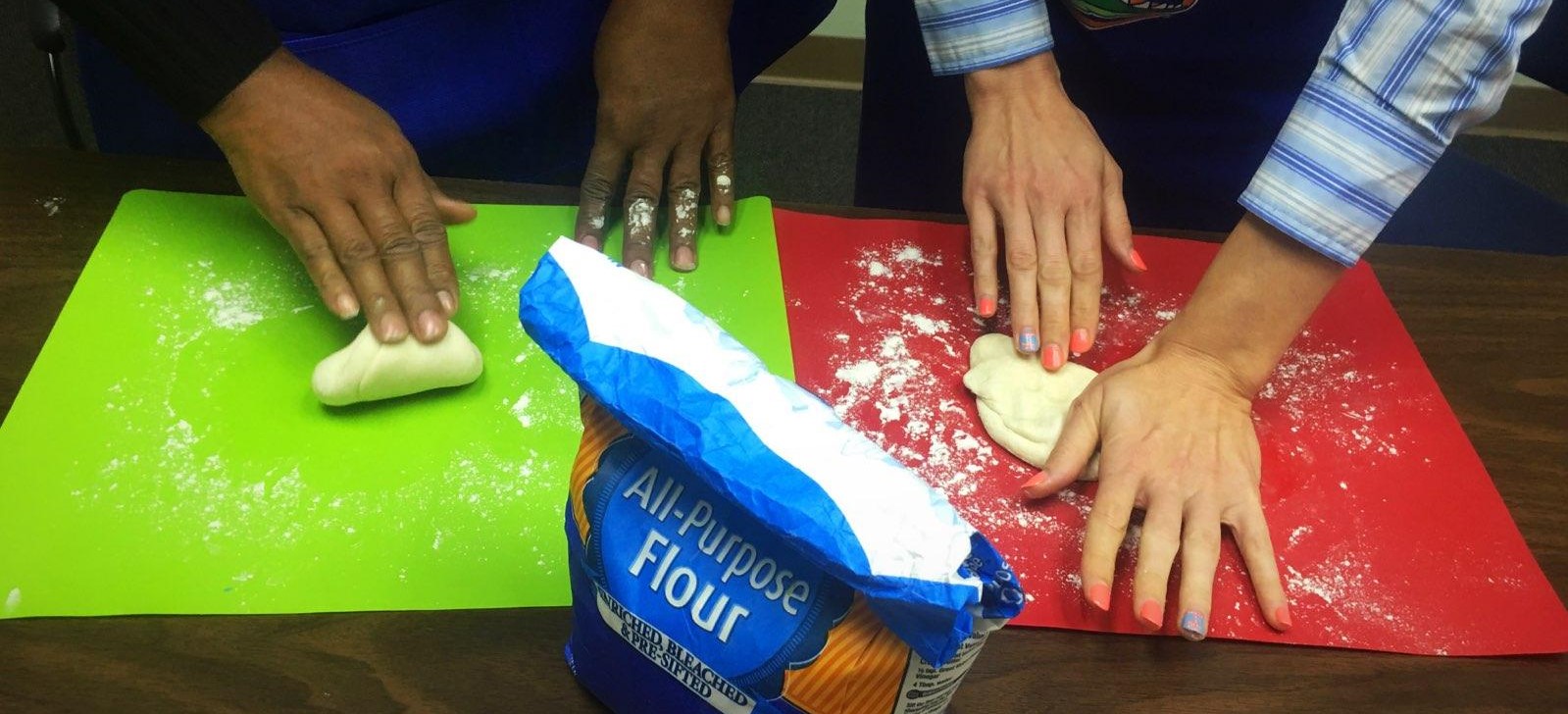
by Angela Hinkle | Nov 20, 2017
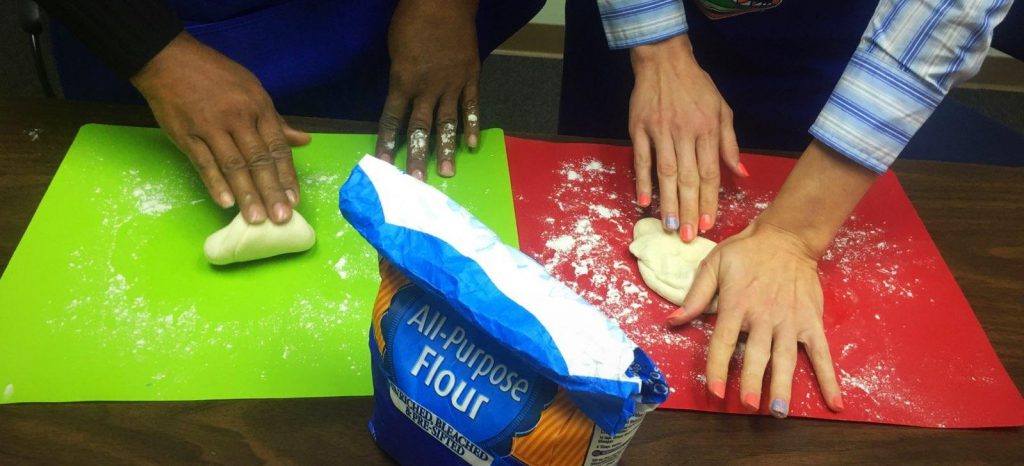
Kneading Dough
Photo credit: Angela Hinkle
One of the most beloved smells across cultures and classes is baking bread. It brings about associations of home and comfort – even among folks who have never even experienced baking bread at home! The tactile experience of touching, folding, and pushing dough – or kneading – is considered by many to be one of the most pleasant touches in the world. Kneading dough is important in making bread and rolls light, airy, and chewy. (After all, who wants flat, tough bread?) But kneading dough and baking bread also has evolved into a type of therapy that social workers and psychologists use in workshops – similar to art therapy. If you use your own kitchen, you don’t even have to go to a workshop.
Making, baking, and breaking bread together is a great way to build bonds and a sense of home and warmth. Generally speaking, when we prepare food, our hands help us to create an increased sense of self-esteem and confidence. The kneading and baking of bread in particular helps to unlock or spark our creativity. The repetitive pressure your hands release when kneading a batch of bread dough also can release some of the frustrations we face in a day. Kneading and baking allow us to mindfully do something productive (though it may actually seem to be mindless). And when you’ve finished, you end up with a great edible reward for you and those with whom you share your bread blessings.
To calm your nerves, purposefully create and prepare a wholesome food, and increase your daily positivity, knead some dough and bake a loaf of bread today. To get started, try King Arthur Flour Hearth Bread (aka “The Easiest Loaf of Bread You’ll Ever Bake”); click on https://www.kingarthurflour.com/recipes/hearth-bread-recipe .
Kneading is something many of us need. Maybe you’ll even help a friend in knead.
by Angela Hinkle | Nov 20, 2017

Dine In Day, December 3rd, is a day to set aside and share a nutritious meal with family, friends, and colleagues and have good conversation. Dining In at home together really does make a difference in the lives of our families – biological or otherwise. Sharing a meal is so fundamental to the human experience that sometimes we take this simple task for granted. Dining In at home together decreases our families’ chance of being overweight or obese. It improves our families’ relationships. We save money and eat healthier when Dining In.
Not enough time, busy schedules, and too much stress, however, might make this seemingly impossible for many families.
So here are some tips that might make Dining In a little easier for you and your family from AAFCS (American Association of Family & Consumer Sciences).
- Make family meals a priority and agree upon a schedule.
- Try to have regular family meals two to three times per week.
- If dinnertime doesn’t work, have family breakfasts or snacks.
- Keep meals simple. Slow cookers save time in the evening!
- Double recipes and freeze food for a second meal.
- Set aside 30 minutes on the weekend for meal planning.
- Make family meals fun and include children in food preparation. How about having breakfast for dinner?
- Discuss neutral or positive topics at the table. Stumped for what to talk about? Try this conversation starter: “What fun thing did you do today?”
- Eliminate distractions like TV and cell phones.
- Eat slowly and enjoy your time as a family!
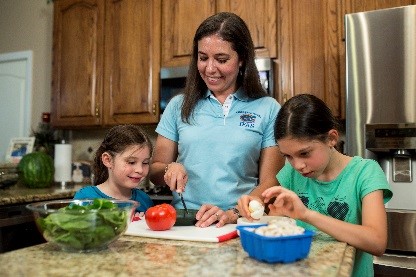
Dine In with Family
To help you make the pledge to Dine In with your family December 3rd, go to http://www.aafcs.org/fcsday/commit-to-dining-in/fcs-day-sign-up and make your very easy commitment today. After that, see how many more Dine In days you can make with your family.
To learn more about the Benefits of Family Meals, read http://edis.ifas.ufl.edu/pdffiles/FY/FY136200.pdf
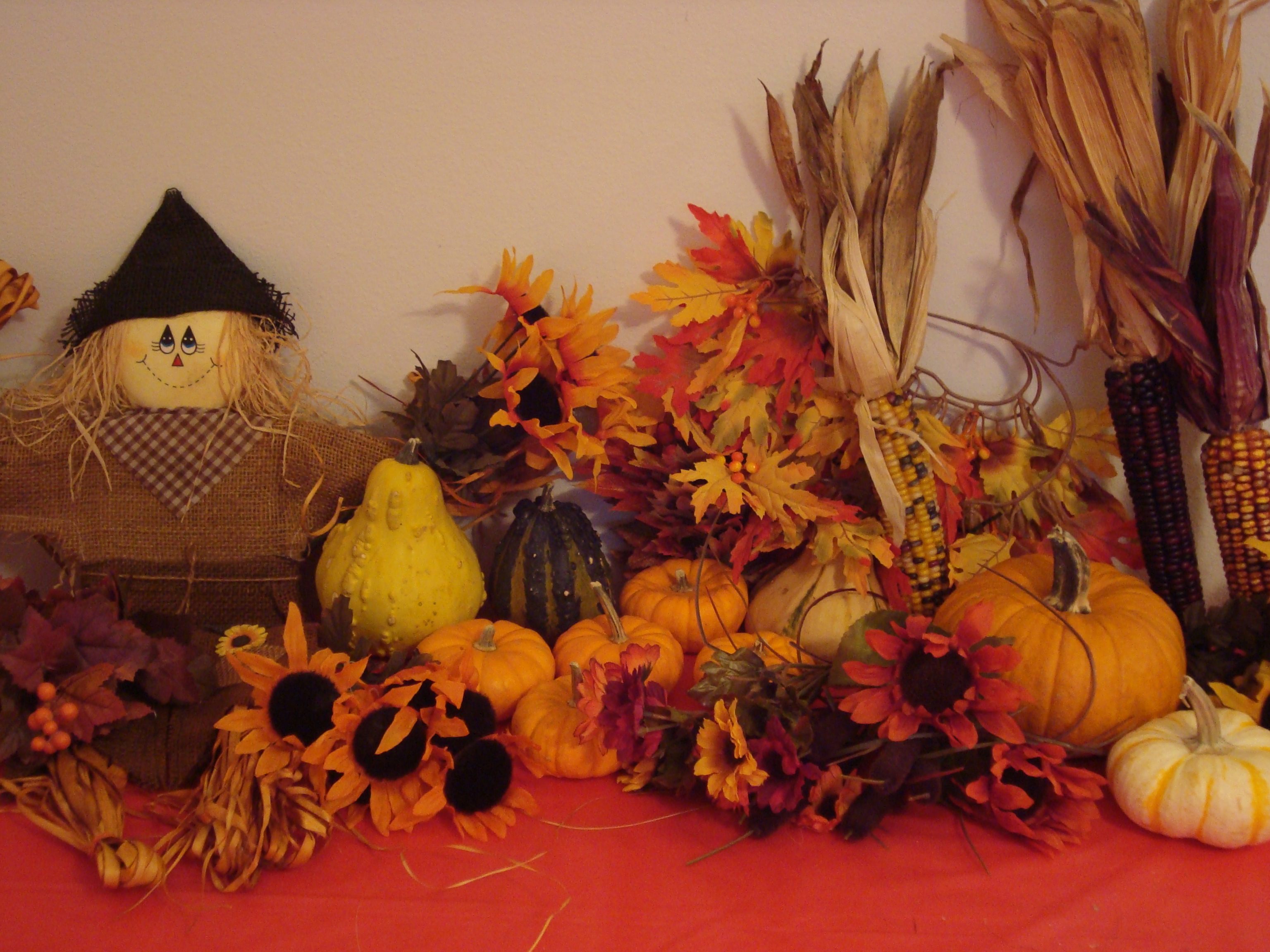
by Angela Hinkle | Oct 27, 2017

Favorite Fall Things
Photo Credit: Angela Hinkle
Fall is my favorite time of year. Let me share with you a few of my favorite Fall things to help explain why.
- Walking my dog in the heat of a summer morning is like trudging through a bowl of warm chowder. But with the cooler autumn mornings arriving, we become invigorated and feel like taking longer walks to add steps to the pedometer on my hip. Let’s hear it for more physical activity! For walking tips, check out cdc walking counts.
- Just think about all of those yummy, nutrient-dense foods available this time of year – peanuts, sweet potatoes, and squashes and gourds in a variety of shapes, colors, and sizes. See Florida Panhandle Produce in Season for seasonal produce in the Florida Panhandle.
- Okay, so leaves don’t really change color a whole lot when fall weather hits the panhandle of Florida. But I have this great tree outside my office window. My horticulture agent says it’s a Bald Cypress. This time of year, I get to see it change leaf colors from green, to golden yellow, to burnt orange. Simply beautiful. Look around your neighborhood to see what bounty of colors you can find.
- Though you will not find me wearing any shade of orange or deep yellow (those are definitely not in my color palette), I do cherish all the oranges, deep reds, purples, and yellows found in the flowers, pumpkins, scarecrows, and decorative corn stalks. Perk up your area with some fall color. Dollar stores have lots to pick and choose from.
- I’ve had my DNA tested. I am, in fact, 41% Sicilian. My holidays can therefore start with Columbus Day, work their way through the fun of Halloween, the respectful honors of Veteran’s Day, and through Thanksgiving with a myriad of Fall Harvest Celebrations sprinkled in between.
To get you in the Fall mood, try this simmering potpourri recipe. Let me know if you like it and be sure to share with family and friends some of your favorite fall things.
Favorite Fall Stovetop Potpourri
Add any or all of the following ingredients to a small pot: ground cinnamon, cinnamon sticks, orange peelings, ground ginger, whole cloves, ground cloves, vanilla extract, and almond extract. Add enough water to fill pot to rim. Then put the pot on the stove top at lowest setting. Add more water as necessary. Enjoy!
by Dorothy C. Lee | Oct 26, 2017
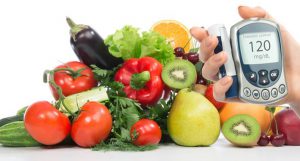 Some 30 million Americans have been diagnosed with diabetes this year. How will their lives be affected? Diabetes does mean some big changes but you may be surprised how much diet flexibility remains.
Some 30 million Americans have been diagnosed with diabetes this year. How will their lives be affected? Diabetes does mean some big changes but you may be surprised how much diet flexibility remains.
The human body is a marvelous machine, made up of many complex systems. When everything runs smoothly, we are “healthy”. Diabetes is an example of what happens when things don’t work exactly as they should. People with diabetes cannot properly use glucose, also called blood sugar, the cells energy source. Some people make no insulin, which regulates blood glucose by helping it enter the cells. Other people produce too little insulin, or have trouble using the insulin they make, or both.
The exact cause of diabetes is unknown, but if you have a family history of diabetes, you are at great risk. The ADA estimates that almost half of all people with diabetes don’t know they have the disease. Some people ignore their symptoms until they have medical complications.
Some of the warning signs of diabetes may be symptoms of excessive thirst, unusual hunger, slow healing of infections, constant urination, blurred vision, weakness and fatigue. Recurring of these symptoms may signal the need to consult your physician.
A diagnosis of diabetes doesn’t’ have to mean dietary deprivation and boredom. The key dietary words are; low-fat, high-fiber, low-sodium, well-balanced and reduced sugar.
Exercise is another important factor in diabetes management for two reason. Active people have an easier time losing weight which is important for controlling glucose levels. Exercise also promotes the cells ability to use glucose, which in turn reduces the amount of glucose in the body to more favorable levels.
Stress reduction is an important part of a wellness program. Feeling stressed out, uptight, and edgy strains the entire body. We may not have control over the sources of stress in our life; therefore, change the way you react to life’s stressors. Physical exercise is one of the best stress reducers. Don’t take on more than you can handle. Use support systems, reach out to family and friends.
Diabetes affects many people and can have very serious consequences, but the good news is that your health habits can help prevent diabetes or reduce its impact on your health. A healthy lifestyle can help reduce the risks of disease that are often a complication of diabetes.

by Melanie Taylor | Oct 16, 2017

Make Halloween a fun and safe night for children and adults alike.
From candy to pumpkins to the costumes, Halloween is a fun-filled time for kids and adults alike. However, it can pose dangers. To help make this year’s trick-or-treat a safe and fun time, follow these simple safety tips compiled by the American Academy of Pediatrics.
CREATIVE COSTUMES:
Plan costumes that are bright and reflective. Make sure shoes fit well and costumes are short enough to prevent tripping, entanglement, or contact with flames.
Consider adding reflective tape or striping to costumes and trick-or-treat bags for greater visibility.
Because masks can limit or block eyesight, consider non-toxic makeup and decorative hats as safer alternatives. Hats should fit properly to prevent them from sliding over eyes. The makeup should be tested on a small patch of skin ahead of time to ensure there are no unpleasant allergies on the big night.
When shopping for costumes, wigs, and accessories, look for and purchase those with a label clearly indicating they are “flame resistant.”
If a sword, cane, or stick is a part of your child’s costume, make sure it is not sharp or long. A child may be easily hurt by the accessories if he/she stumbles or trips.
Do not use decorative contact lenses without an eye examination and a prescription from an eye care professional. While the packaging on decorative lenses will often make claims such as “one size fits all,” or “no need to see an eye specialist,” obtaining decorative contact lenses without a prescription is both dangerous and illegal. This can cause pain, inflammation, and serious eye disorders and infections, which may lead to permanent vision loss.
Review with children how to call 911 if they ever have an emergency or become lost.
PUMPKIN CARVING TIME:
Small children should never carve pumpkins. Children can draw a face with markers. Then adults can do the cutting.
Consider using a flashlight or glow stick instead of a candle to light your pumpkin. If you do use a candle, a votive candle is safest.
Candlelit pumpkins should be placed on a sturdy table, away from curtains and other flammable objects, and not on a porch or any path where visitors may pass close by. They should never be left unattended.
HOME SAFETY:
To keep homes safe for visiting trick-or-treaters, parents should remove from the porch and front yard anything a child could trip over such as garden hoses, toys, bikes, and lawn decorations.
Adults should check outdoor lights and replace burned-out bulbs.
Wet leaves and debris should be swept from sidewalks and steps.
Restrain pets so they do not jump on or bite a trick-or-treater.
TRICK-OR-TREAT TIME:
A responsible adult should always accompany young children during their neighborhood trick-or-treating.
Obtain flashlights with fresh batteries for all children and adults.
If your older children are going alone, plan and review the route that is acceptable to you. Agree on a specific time when they should return home.
Only go to homes with a porch light on and never enter a home or car for a treat.
Because pedestrian injuries are the most common injuries to children on Halloween, remind Trick-or-Treaters to:
- Stay in a group and communicate where they will be going.
- Remember reflective tape for costumes and trick-or-treat bags.
- Carry a cellphone for quick communication.
- Remain on well-lit streets and always use the sidewalk.
- If no sidewalk is available, walk at the far edge of the roadway facing traffic.
- Never cut across yards or use alleys.
- Only cross the street as a group in established crosswalks (as recognized by local custom). Never cross between parked cars or out of driveways.
- Do not assume the right of way. Motorists may have a hard time seeing Trick-or-Treaters.
- Just because one car stops does not mean others will!
- Law enforcement authorities should be notified immediately of any suspicious or unlawful activity.
HEALTHY HALLOWEEN TIPS:
A good, healthy dinner prior to parties and trick-or-treating will discourage children from filling up on Halloween treats.
Consider purchasing non-food treats for those who visit your home, such as coloring books, stickers, or pens and pencils.
Wait until children are home to sort and check treats. Though tampering is rare, a responsible adult should closely examine all treats and throw away any spoiled, unwrapped or suspicious items.
Try to ration treats for the days and weeks following Halloween to prevent overindulging, which will lead to a stomachache and ruin the night’s fun.
Make sure the Halloween night is fun and safe with the suggested tips above. These tips will help guarantee you all a ghoulishly good time.
Source: American Academy of Pediatrics

by Angela Hinkle | Aug 24, 2017
 What’s worse than wearing wet socks? Okay – wet, dirty socks. Or wet, dirty socks with holes. Ooh, ooh, the worst – cold, wet, dirty socks with holes.
What’s worse than wearing wet socks? Okay – wet, dirty socks. Or wet, dirty socks with holes. Ooh, ooh, the worst – cold, wet, dirty socks with holes.
If your feet are in clean, dry socks with no need of mending, think for a moment about those not so lucky.
Homeless shelters are continuously in need of new socks. If you’re homeless, you walk – a lot. Many homeless walk several miles every day for food, shelter, and other essentials. Getting the assistance you need is easier when your feet are healthy and don’t have blisters. People are often more motivated to seek employment and keep it when they feel confident in the way they look. Wearing socks and shoes with holes decreases their sense of self-worth. A clean set of socks is often the first step in restoring their feeling of dignity.
Wet socks breed bacteria, which can cause infection. And since more than a million Americans have diabetes, wearing cold, wet, holey, dirty socks puts them at greater risk of skin injuries and infections. According to WebMD, diabetics should never walk barefoot and should wear comfortable socks and shoes that fit well and protect the feet. For more foot care tips, see Tips on Good Foot Care.
If you like keeping things local, know that cotton is considered a power crop in the panhandle of Florida. It’s rotated in alternate years with peanuts to avoid pests, diseases, and weeds. Some socks are 100% cotton; many are a blend of cotton mixed with other fibers.
So, help the local economy in the Florida Panhandle and help someone by giving them socks. Buy new socks with cotton. Keep a pair for yourself and donate some to a homeless shelter near you. (Waterfront Mission is a great place to start – Waterfront Mission Donations.) You’ll feel better and so will they.











